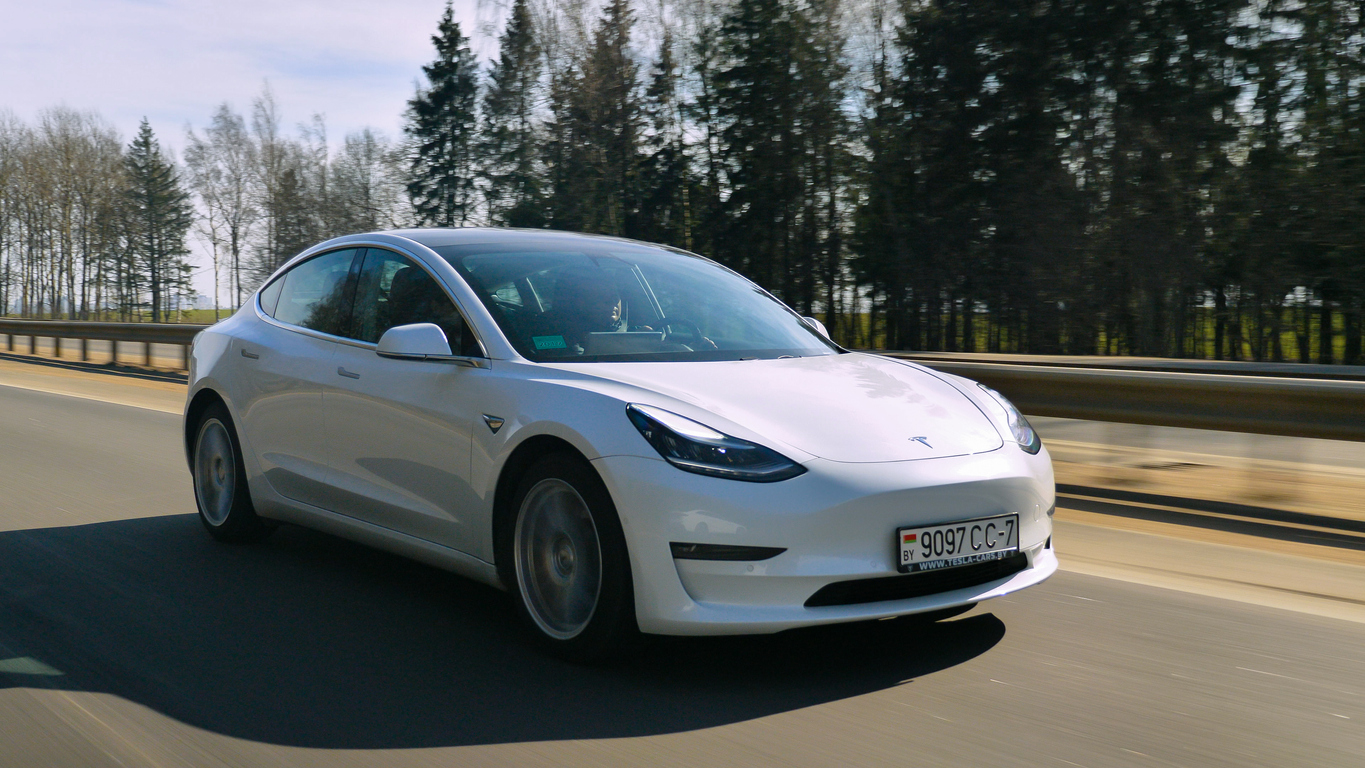A look at how Tesla and smaller brands have utilised PR to thrive even during a time of growing consumer uncertainty.
Mimi Brown, head of the Entrepreneurs & Business division at leading PR agency The PHA Group, shares her advice for brands on using PR to engage their customers amid economic turbulence.
No one was ready for the crippling effect of the pandemic on the economy. But the resilience and agility of businesses and brands has been striking. During a somewhat chaotic re-opening period in the UK there are also opportunities for businesses to cater to the new consumer habits and societal changes prompted by the pandemic, but they have to be ready to invest in transformation. The lockdown has accelerated many digitisation, delivery and sustainability trends that will to varying degrees be here to stay, and brands able to invest in their capabilities here need to keep it at the fore of the media agenda.
A Which? consumer report revealed how online shopping accounted for around 7-8% of the grocery shopping market pre-lockdown, but has since skyrocketed to 11.5% of all grocery sales according to Kantar. This growth has been driven by necessity but has positively changed how particularly older shoppers engage with eCommerce: Mintel research shows that 37% of over-65s now do more online shopping. The consumer value proposition has been demonstrated, so if retailers continue to cement the consumer habit now, their future looks more secure.
The lockdown has accelerated many digitisation, delivery and sustainability trends that will to varying degrees be here to stay, and brands able to invest in their capabilities here need to keep it at the fore of the media agenda.
The automotive sector is also rife for disruption – with a huge opportunity arising for challenger brands that offer cleaner, greener alternatives to public transport and combustion engine vehicles. Despite a 97% slump in the car market, the Tesla Model 3 also accounted for 15% of all sales in the UK, making it April's best-selling new car. Indeed a combination of government incentives and increasingly accessible price points for electric vehicles poises the industry for a land-grab as consumers emerge from lockdown with a greener mindset.
Many brands and businesses have an unparalleled opportunity as we emerge out of lockdown and settle into a new reality. And at a time when many business’ operations are part suspended, communicating values and vision clearly is essential in order to inform future purchasing decisions and become a brand of choice.
Communicating in a crisis
Since the start of the pandemic, we’ve seen a number of brands significantly scale back their marketing budgets. 62% of marketers changed their marketing strategy due to COVID-19, with 90% delaying or reviewing their budget commitments. Coca-Cola, for example, which spent $5.8 billion on advertising in 2018, announced in late March that it was stopping all Q2 brand marketing in the UK.
Reigning in spending is a natural and necessary crisis response, but history shows that pulling all marketing may cause more harm than good in the long-term. A 2009 Journal of Advertising study investigated brand responses to the Great Depression in 1929. Unlike its competitors, Procter & Gamble ramped up its marketing investments and has since gone onto dominate the market with the brand now worth $230 billion. The study found that brands who maintained advertising spend in times of crisis benefited in the long-term by maintaining brand equity and share of voice. And the same applies nearly a hundred years later to businesses who’ve shown leadership through their communications – these businesses will emerge stronger than those that have laid perhaps a little too low.
[ymal]
Staying silent can be deadly to brands. Instead PR can help businesses and their products or services remain fresh in the mind of the consumer. Those who turn the tap off risk disappearing from the public eye and may need to spend more later down the line to rebuild their brand awareness.
Being visible is one thing; actually using your public presence to shape and capitalise on trends is another.
How to use PR to shape and capitalise on trends
Mainstream media can be harnessed as one of the most powerful, authentic ways to communicate values and views – especially when you are advocating for large scale action or consumer mindset change. Communicating effectively with your customer base is crucial and the current crisis means there are plenty of opportunities. As we grew increasingly isolated in lockdown, media consumption rose steeply, with a Censuswide poll revealing almost half (48%) of us were reading media publications more than usual. Radio has also seen listenership soar by 22%.
More than ever, consumers want to stay informed and are looking to trusted experts and brand spokespeople for reassurance. By leveraging the media as a platform to share forward-thinking, confident industry leadership, businesses can gain a competitive advantage and play a vital role in shaping the future of the UK business landscape.
Consumers are also looking for a sense of escapism from the continuing restrictions imposed on society. Brands who can capture this successfully with creativity, good humour (where appropriate) and an innovative comms strategy can inspire consumers. Brands can play their part with informative, aspirational and engaging social media communications, bolstered by powerful media commentary and opinion pieces on the key topics that are most important to their core target audience.
More than ever, consumers want to stay informed and are looking to trusted experts and brand spokespeople for reassurance.
As well as taking a positive approach, brands must ensure they are realistic and empathetic to consumer viewpoints in order to make a genuine connection with them. Showing your business’s human side and reflecting the current struggles many consumers are facing in their daily lives helps ensure you are not operating ‘in a corporate bubble’. Case studies that show your business’s positive impact on the environment, society, employees and customers can make your values more tangible and increase positive sentiment during tough times. They also set an operational standard that you’d like customers to engage with.
PR is a crucial tool for brands that want to rebound stronger and with a mindset more purposeful than profit. It’s especially important for businesses having to make tough decisions, or having to pivot their operations at either a product or organisational level. If people don’t understand the context and your aims, you’re less likely to have a supportive customer base that can make your vision a reality.
In a time of huge change, external communications can be reassuring in their consistency, inspiring in their creativity and engaging in their empathy. ‘Never let a good crisis go to waste’ is a common business mantra but in the current climate it has never been more true.











